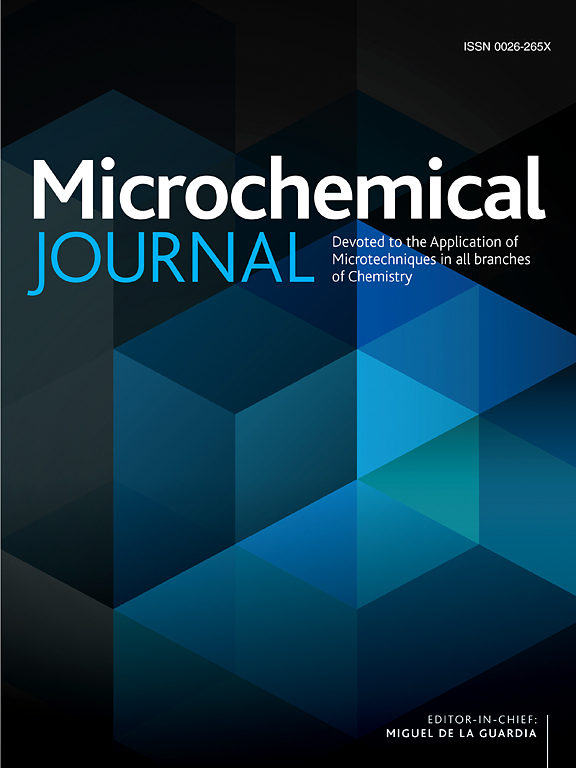A comprehensive review on niclosamide detection in foodstuffs and pharmaceutical preparations: Diverse analytical approaches and emerging techniques
IF 4.9
2区 化学
Q1 CHEMISTRY, ANALYTICAL
引用次数: 0
Abstract
Niclosamide (NIC), a widely recognized antiparasitic and anthelmintic agent, plays a critical role in aquaculture and livestock breeding, particularly in controlling parasitic growth and schistosomiasis, endorsed by the WHO as an essential molluscicide. However, excessive use has led to NIC residues in animal products and environmental sources, posing significant health risks. The detection of NIC residues in food products has thus become essential to safeguarding public health. This review provides a detailed overview of NIC regulatory residue limits and the associated health risks of NIC residue in food sources. In addition, it delves into various established detection methods, critically evaluating their strengths and limitations. The evaluation seeks to improve food product safety and monitoring by emphasising important methodologies and suggesting improvements in detection efficiency and accuracy. Lastly, future perspectives for the advancement of sophisticated analytical techniques are examined, providing information on how NIC detection techniques may change in response to escalating safety requirements.

食品和药物制剂中氯硝柳胺检测综述:多种分析方法和新兴技术
氯硝柳胺是一种被广泛认可的抗寄生虫和驱虫剂,在水产养殖和牲畜养殖中发挥着关键作用,特别是在控制寄生虫生长和血吸虫病方面,被世界卫生组织认可为必不可少的杀螺剂。然而,过度使用已导致动物产品和环境来源中的NIC残留,构成重大健康风险。因此,检测食品中的NIC残留对保障公众健康至关重要。本文详细介绍了食品来源中NIC残留的法规限制和相关的健康风险。此外,它还深入研究了各种已建立的检测方法,批判性地评估了它们的优势和局限性。评估旨在通过强调重要的方法和建议改进检测效率和准确性来改善食品安全和监测。最后,研究了复杂分析技术发展的未来前景,提供了关于NIC检测技术如何响应不断升级的安全要求而变化的信息。
本文章由计算机程序翻译,如有差异,请以英文原文为准。
求助全文
约1分钟内获得全文
求助全文
来源期刊

Microchemical Journal
化学-分析化学
CiteScore
8.70
自引率
8.30%
发文量
1131
审稿时长
1.9 months
期刊介绍:
The Microchemical Journal is a peer reviewed journal devoted to all aspects and phases of analytical chemistry and chemical analysis. The Microchemical Journal publishes articles which are at the forefront of modern analytical chemistry and cover innovations in the techniques to the finest possible limits. This includes fundamental aspects, instrumentation, new developments, innovative and novel methods and applications including environmental and clinical field.
Traditional classical analytical methods such as spectrophotometry and titrimetry as well as established instrumentation methods such as flame and graphite furnace atomic absorption spectrometry, gas chromatography, and modified glassy or carbon electrode electrochemical methods will be considered, provided they show significant improvements and novelty compared to the established methods.
 求助内容:
求助内容: 应助结果提醒方式:
应助结果提醒方式:


